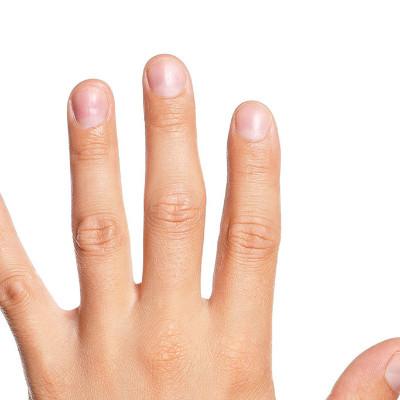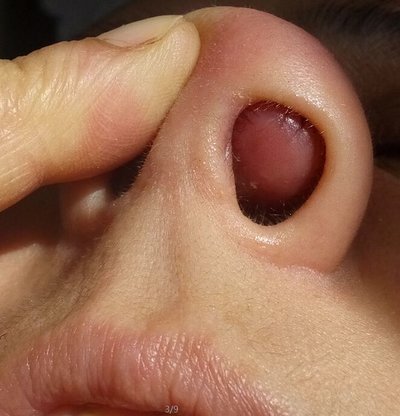Thyroglossal duct cyst symptoms?
summary
Thyroglossal duct cyst is a congenital cyst left in the neck during the early embryonic thyroid development. The occurrence of thyroglossal duct cyst has no significant relationship with gender. It can occur in both men and women, and can occur at any age, but it is more common in adolescents under 30 years old. Cysts can occur at any position between the anterior midline lingual foramen and sternal notch, and the hyoid body is the most common, sometimes to one side.
Thyroglossal duct cyst symptoms?
The occurrence of thyroglossal duct cyst has no significant relationship with gender. It can occur in both men and women, and can occur at any age, but it is more common in adolescents under 30 years old. Cysts can occur at any position between the anterior midline lingual foramen and sternal notch, and the hyoid body is the most common, sometimes to one side. Most cysts are round, grow slowly, and have no conscious symptoms. Most cysts are found by chance. The cyst is soft with clear boundary and no adhesion to the surface skin and surrounding tissues. For the cyst located under hyoid bone, sometimes a tough cord can be found between the cyst and hyoid body. The cyst can move up and down with swallowing and tongue extension; If the cyst is located near the lingual blind hole, when it grows to a certain extent, it can raise the base of the tongue and cause swallowing and speech dysfunction.

Cysts can communicate with the oral cavity through the blind hole of the tongue, which is easy to secondary infection. When cysts are secondary to infection, pain can occur, especially when swallowing. Neck examination showed that the skin on the surface of the cyst was red and the boundary was not clear. When the cyst broke itself or was cut and drained through the skin, a thyroglossal fistula could be formed. At this time, the cyst could disappear due to the drainage of the contents. The primary thyroglossal fistula can also be seen in clinic. The fistula of thyroglossal fistula is small, long-term outflow of light yellow mucus or purulent mucus, when the fistula is blocked, it can lead to acute inflammation of the fistula.

According to the scope of methylene blue staining during operation and the analysis of pathological sections during and after operation, thyroglossal duct cysts can be divided into five types: type I: Subhyoid cyst or reticular fistula branch, suprahyoid single fistula; Type II: cysts or reticular fistulas were found above and below hyoid bone; Type III, suprahyoid cyst or reticular fistula branch, single fistula under hyoid; Type IV, Subhyoid cyst or reticular fistula branches, suprahyoid fistula closed; Type V, suprahyoid cyst or reticular fistula branch, infrahyoid fistula atresia.

matters needing attention
Ultrasound showed complete capsule, clear boundary and regular shape. The wall of the capsule was thin, and most of the cystic areas were liquid dark areas with good sound transmission, with a few linear separated echoes. When combined with infection, the cyst wall may be thickened and not smooth, and thin light spot echo can be seen in the liquid dark area. Papillary nodule echo can be seen on the wall of a few cysts, which may be the echo of thyroid tissue. Color Doppler ultrasound showed cystic anechoic dark area, in which there was no blood flow signal, peripheral blood flow and spectrum can be detected, and it can be used to distinguish between enlarged lymph nodes and ectopic thyroid.

















